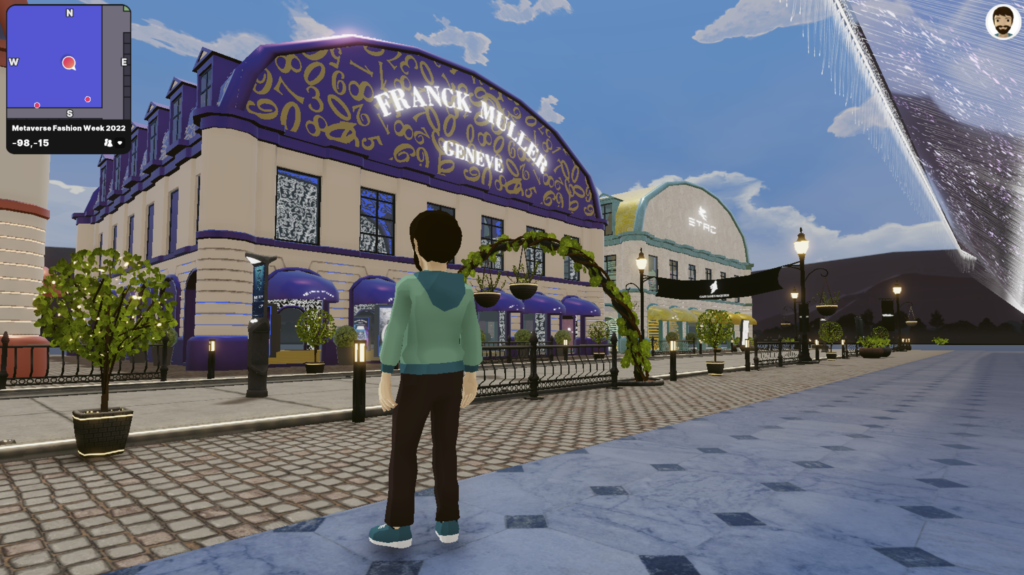
It may not involve the flashy catwalks with models strutting their stuff but the Metaverse Fashion Week that kicked off last week with 70 brands like Estee Lauder, Dolce & Gabbana and Franck Muller grabbed all the headlines with the first such large-scale blockchain-based virtual fashion show.
As many as 108,000 unique attendees turned up, according to the organiser, though the number of purchases of virtual watches, ear rings, clothes and hats has yet to be tallied.
Much of the buzz had been generated beforehand by fashion brands that have in the past year latched on with the sale of non-fungible tokens (NFTs) of digital wearables. These can be worn by online avatars, often with matching IRL (in real life) versions that you can also buy and wear on the streets.
With the Metaverse Fashion Week, the organiser Decentraland got a number of hot labels to showcase some of the most interesting lifestyle products in a virtual world that is not unlike a digital game world.
The difference, of course, is the crypto and blockchain tech. The virtual fashion show, accessible on a website, is built with blockchain technology. You can go online with your Ethereum cryptocurrency wallet ready to spend or just do some window shopping as a guest.
It was fitting that British department store Selfridges opened the event, seeing how it was the first major retailer to announce plans to sell NFTs in store, in collaboration with Paco Rabanne and the estate of Victor Vasarely, as Wallpaper reported.
Other brands that showed off their latest include watchmaker Franck Muller, for example. From the virtual showfloor, you can click on an item, like a Metaverse Watch and matching Ear Studs limited to 100 pieces on the Polygon network and buy them. Some are rated a “legendary” in terms of rarity, much like an item in a role-playing game.
During the week, there were also after-party events, with artist Grimes, plus films by Chanel and Lanvin showing in a digital movie theatre within the virtual event, reported Wallpaper. So, just like any large-scale real-world event?
For now, at least, this virtual world, displayed on a Web browser, won’t be as immersive as the virtual reality-based metaverse promised last year by meta, the owner of Facebook.
However, the virtual fashion event this past week offers a preview to the future. Yes, there were complaints about glitches with audio – the music may only come on long after one entered a room – but it showed the enthusiasm not just of crypto fans but also of the wider fashion industry.
People already spend on custom items, some from known fashion brands and some generic, in today’s most common virtual worlds – games. From swords to clothes, it is not new for avatars to put on digital wearables.
Now, with NFTs, the scarcity (and cost) of luxury goods can be extended digitally as well. At least, that’s the idea, and the idea seems to have gained a bit more clarity after last week’s ambitious virtual fashion show.

















[…] news came as part of its activities during the Metaverse Fashion Week, which attracted brand names such as Estee Lauder and Franck Muller as […]